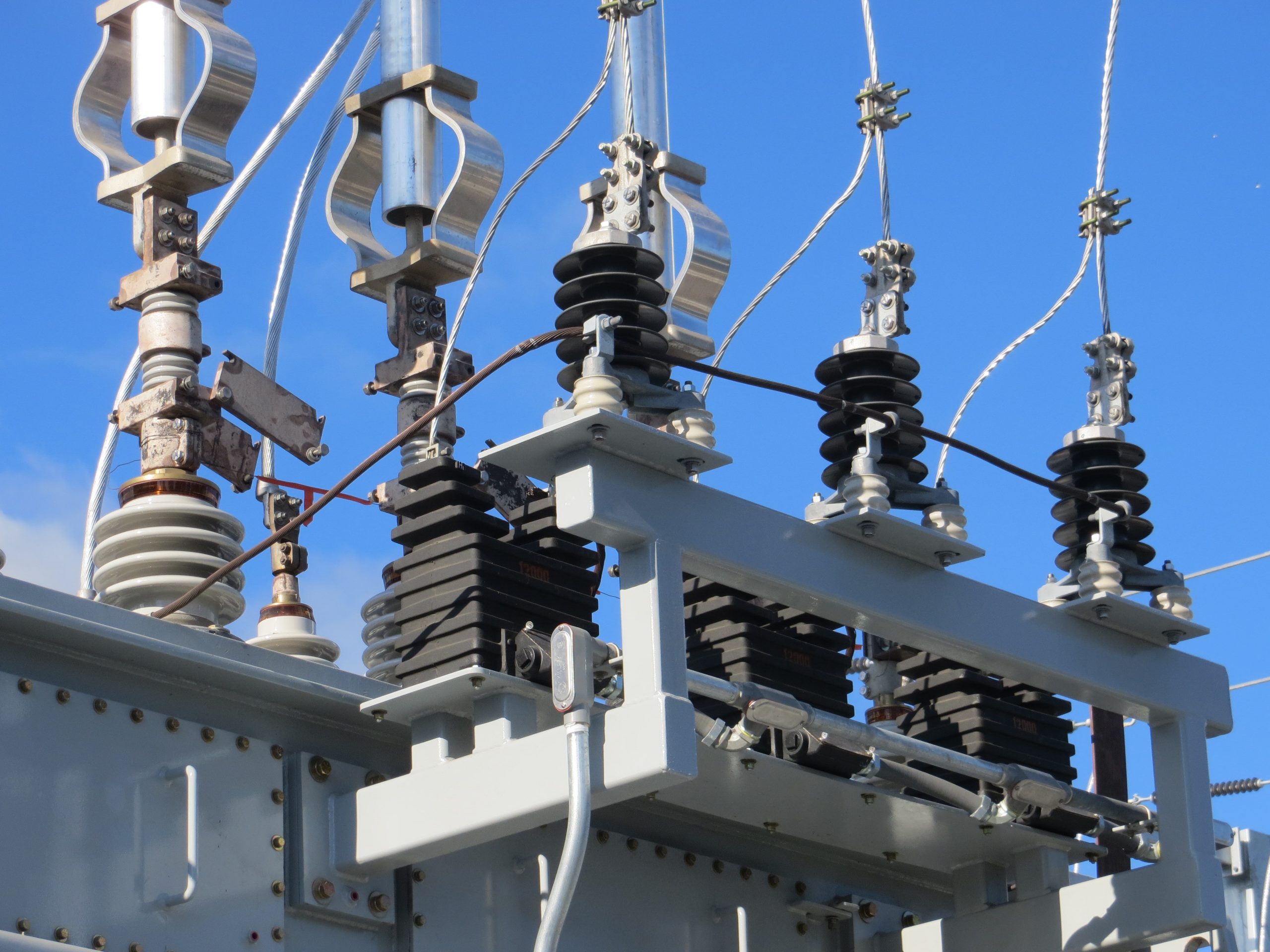Why might losses rise?
Distribution losses are a fact of life. But rising demand and the shift to low-carbon consumer technologies have the potential to amplify losses. First, there is the rapid rise of electric vehicles (EVs). These require charging infrastructure at scale, leading to increased power demand.
Second, growing uptake of electric heating is adding to the burden on distribution grids. Ground and air-source heat pumps have a significant power requirement. They also create sharp demand peaks.
Third, distribution networks must now handle intermittent flows from distributed generation, such as small-scale solar and wind. This can lead to increased network flows.
These new loads and flows add to stress on distribution systems – not only increasing losses, but also accelerating the ageing of cables and transformers.
How can DSOs balance the cost of losses with the cost of upgrades for different scenarios stretching far into the future?




